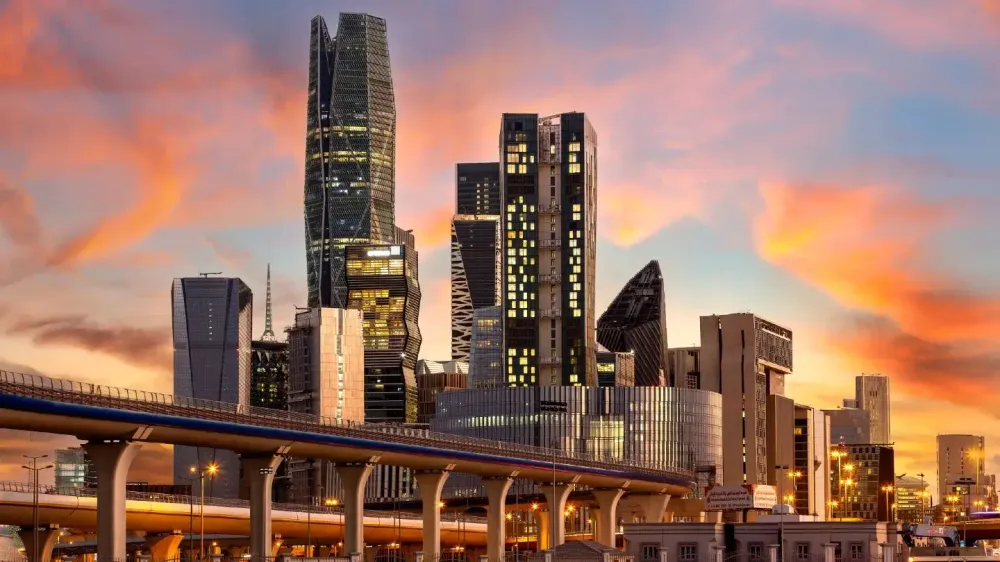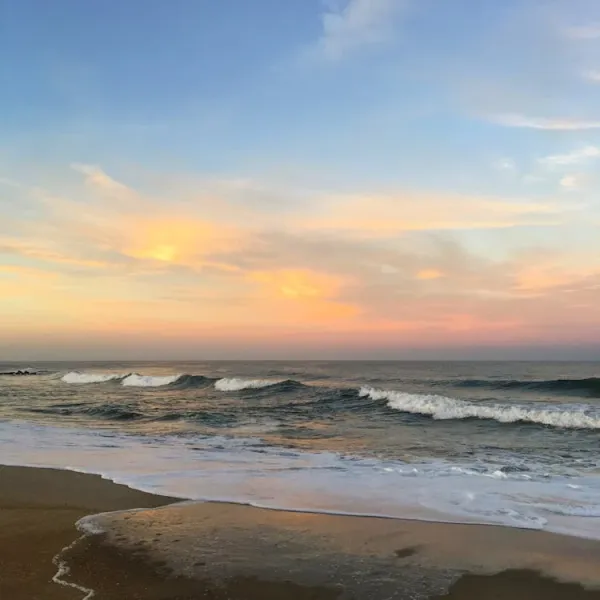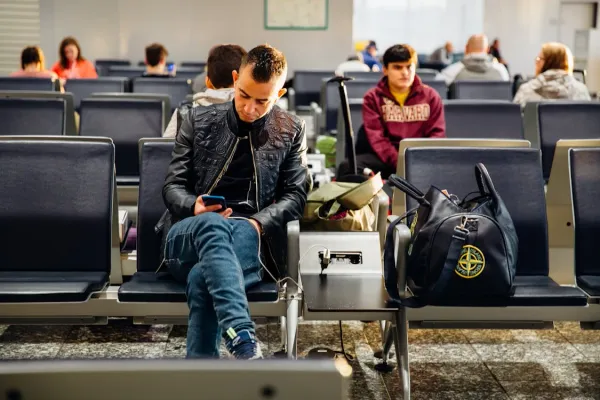Surprising, Unsettling, Surreal: Roaming Through Saudi Arabia
Traversing the southern reaches of Saudi Arabia’s Asir Province, close to the Yemeni border, a notable sculpture of a rifle on a decorated plinth marks a small town where a man named Nawab Khan is rebuilding a palace out of mud. At that moment, Khan was not yet at work but instead sitting on a roadside rug, beneath the palace's red-and-white windows, enjoying tea and dates.
Two weeks earlier, in another region, a traveler mentioned the deteriorating buildings of Dhahran al-Janub, likening it to an open-air museum. Being nearby, a detour was taken, leading to Khan. He welcomed the visitor with curiosity, invited them to join, and sensing their interest, began unlocking a series of padlocks, disappearing into a shadowy stairwell. The visitor followed into a maze of structures in various states of disrepair.
Saudi Arabia is undergoing a significant transformation with numerous construction projects, from modest museums to luxurious resorts. These are part of an $800 billion investment in the tourism sector, a segment of the Vision 2030 plan aimed at reducing reliance on oil.
The kingdom, traditionally obscured to many, seeks recognition and acceptance. With the pandemic receding and borders reopening, visitors are beginning to witness the evolving Saudi Arabia, much to the delight of local builders like Khan.
Few destinations are as complex for travelers as Saudi Arabia.
Saudi Arabia has a complex history for travelers, associated with extremism, human rights issues, and women's oppression. Recently, significant changes have reshaped society and its global image.
The once-feared religious police have seen their power diminish. Public concerts, previously banned, are now commonplace. Women have gained new rights, including the ability to drive and travel without a male guardian's permission, and are no longer required to wear floor-length robes or cover their hair in public. These reforms are part of broader strategies to diversify the economy, elevate the kingdom's global status, and soften its image.
The kingdom's capital, Riyadh, is at the heart of these changes. The Kingdom Centre, with its Sky Bridge observation gallery, stands as a symbol of this transformation.

Riyadh is central to these changes, with landmarks like the Kingdom Centre's Sky Bridge symbolizing transformation. Crown Prince Mohammed bin Salman, aged 38, leads efforts to attract international tourists, a significant shift for a country that only began issuing visas for purposes other than religious visits in 2019. Tourist e-visas are now quickly approved online.
Al-Ula, home to UNESCO-listed Nabatean tombs, has been revitalized from a neglected site to a luxurious retreat offering guided tours, wellness festivals, design exhibitions, and hot air balloon rides. Other projects include luxury resorts along the Red Sea and the development of Diriyah, the birthplace of the first Saudi state.
Overall, the country aims to attract 70 million international tourists annually by 2030, with tourism contributing 10 percent to its GDP. (In 2023, the country welcomed 27 million international tourists, with tourism contributing about 4 percent of GDP.)
Exploring the kingdom by car for a month, traveling alone without a fixer, driver, or translator, offers a unique perspective on these projects and societal changes. Declining government offers of discounts and complimentary services, the journey feels like having the keys to the kingdom, though complexities arise, such as encountering signs directing non-Muslims away from certain routes.
Often, I felt I’d been given the keys to the kingdom. But there were moments when I encountered more complexities, like when a road sign forced me to exit the highway 15 miles from Mecca. “Obligatory for Non-Muslims,” it read, directing me off the main route.
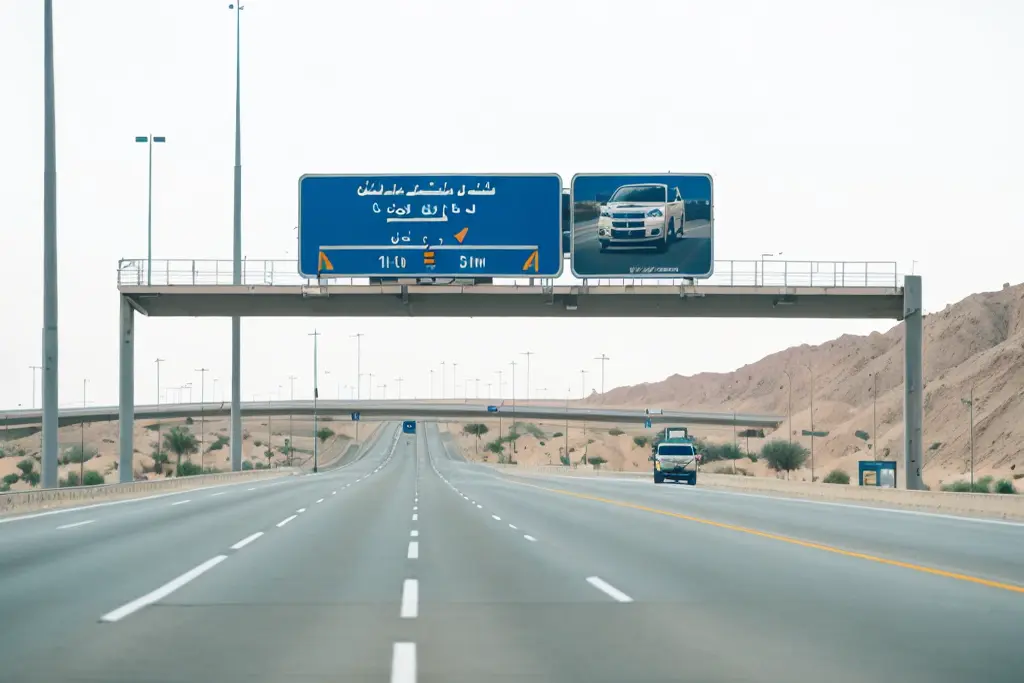
The sign highlighted the country's attempt to cater to two different types of travelers: luxury tourists and religious pilgrims, each with distinct and sometimes conflicting expectations. It’s uncertain whether the kingdom can satisfy both without upsetting either group.
The journey begins in Jeddah, proceeding to Al-Ula after exploring its historic district. The primary focus is visiting Hegra, a site built by the Nabateans 2,000 years ago, featuring over 100 tombs carved from rock. The site is now more controlled, with visitors boarding air-conditioned tour buses.
In Sharaan Nature Reserve, the scenery includes narrow canyons opening into vast desert plains, with occasional stops to view petroglyphs and fields of wildflowers. Changes in Al-Ula have brought high-end development, which some lament for eroding affordability.
Like Petra in Jordan, Hegra was built by the Nabateans 2,000 years ago. The site features over 100 tombs carved from rock, their entrances adorned with elaborate designs. The most impressive, standing about 70 feet tall, is the tomb known as the Lonely Castle.
In the past, visitors could freely explore the area, but now the site is more controlled. I boarded an air-conditioned tour bus, stopping at four locations, including the Lonely Castle. Even in the late afternoon, the heat was intense. I admired the detailed facade before quickly rejoining my group as they boarded the bus.
The Red Sea project, an endeavor to create luxury resorts, features sustainable construction, though it remains sparsely populated, highlighting the challenge of attracting visitors. Influencers document their experiences, presenting Saudi Arabia as welcoming, despite heavy restrictions on speech and severe penalties for dissent.
Female travelers face varying levels of freedom across the kingdom. In major cities and tourist centers, women enjoy more freedom, but traditional norms still prevail in remote areas.
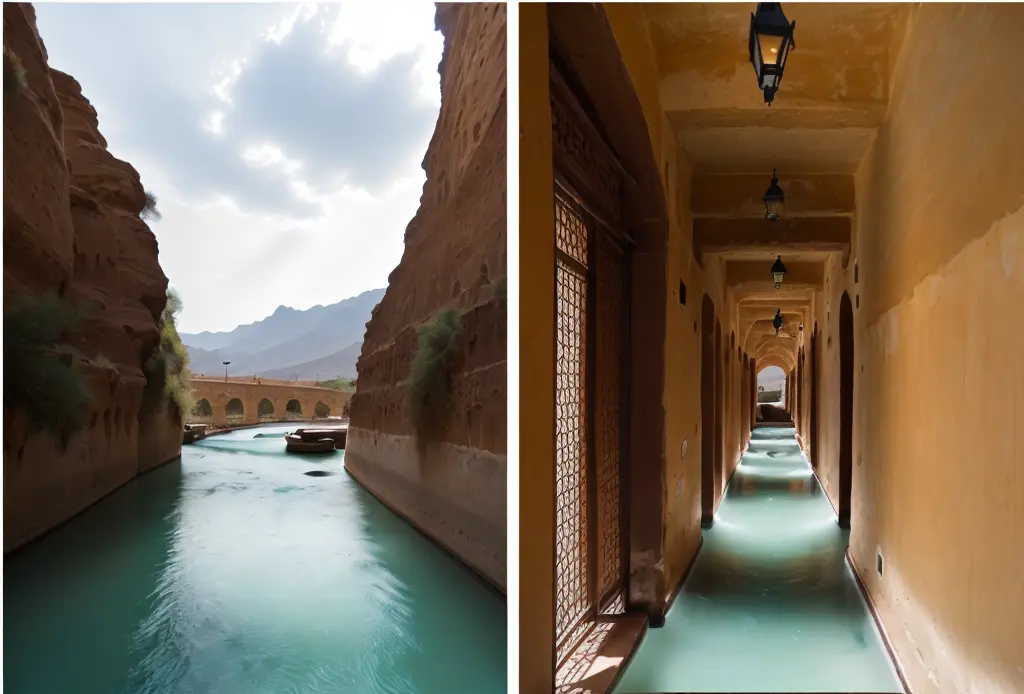
The journey reveals both the old and new Saudi Arabia. In Sakaka, the Rajajil Columns archaeological site is freely explored despite official restrictions. In Medina, a guard's detention outside the Prophet’s Mosque underscores strict rules for non-Muslims.
Throughout the trip, the warmth of locals contrasts with the severity of the government. The memory of dissenters like Jamal Khashoggi looms, reminding travelers of the risks associated with speaking openly.
Traveling to Saudi Arabia presents a dilemma: it challenges preconceptions and offers rich experiences but also raises ethical questions. The warmth of locals like the vendor who served me honey contrasts sharply with the authoritarian government's actions.
On my way to Wadi al-Disah, I met a group of young men who eagerly posed for a photograph. The next day, they recognized me on the highway, a reminder of the unexpected connections made during my journey.
The journey through Saudi Arabia is a tapestry of complex, sometimes contradictory experiences, reflecting a nation during profound transformation.


